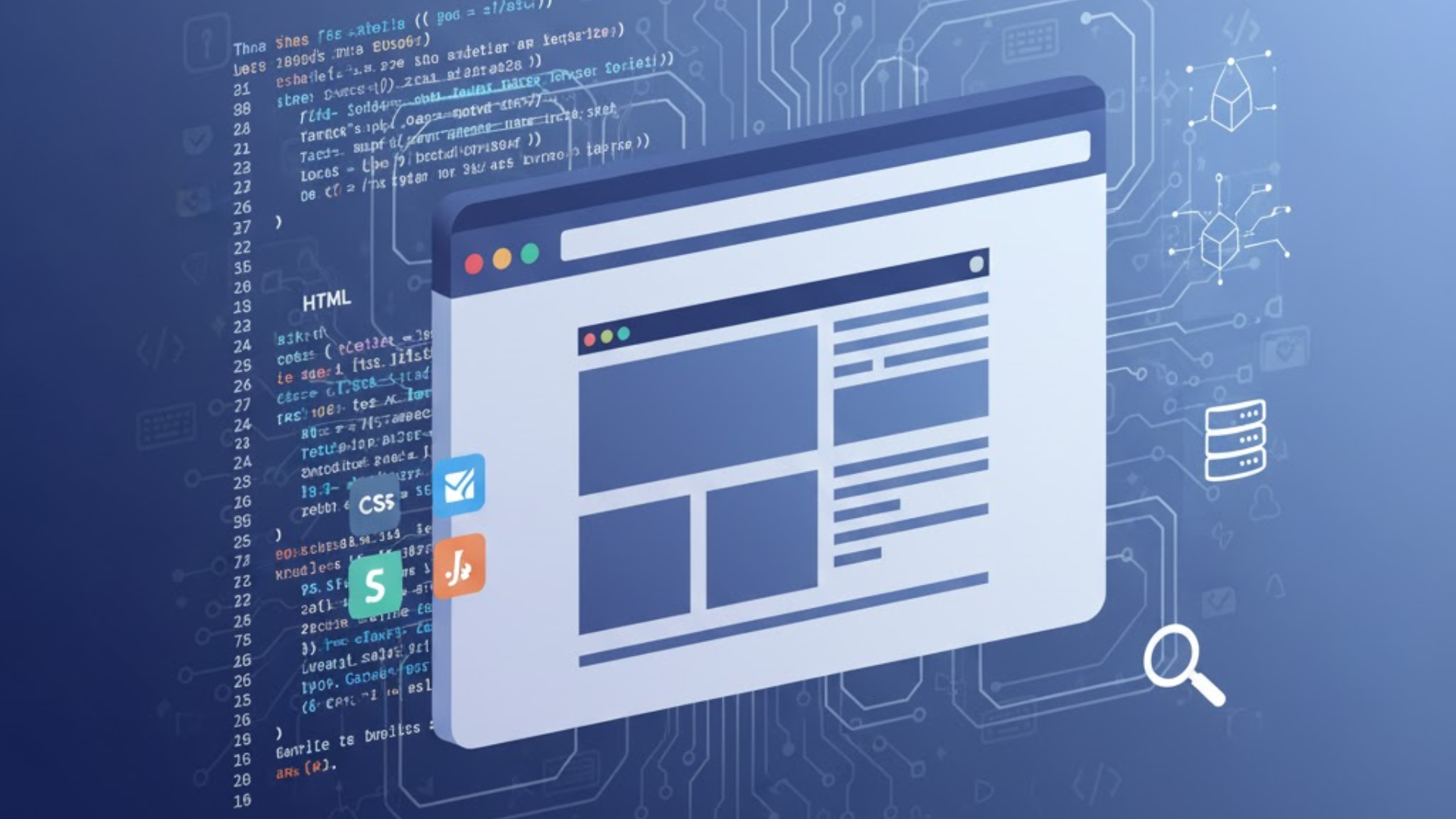The Ultimate Beginner’s Guide to Web Development
Web development is one of the most exciting and in-demand careers in today’s digital world. It involves creating websites and applications that bring ideas to life online. Whether you’re interested in designing beautiful layouts, coding interactive features, or managing databases, web development offers endless opportunities. This guide will help beginners understand the key concepts, tools, and skills needed to start their journey. By the end, you’ll know what web development is, how it works, and where to begin learning. Let’s explore the essential steps to becoming a successful web developer.
1. Understanding What Web Development Means
Web development refers to building and maintaining websites or web applications that run online. It includes everything from front-end design to back-end programming. A web developer’s job is to ensure a website looks great, functions properly, and provides a smooth user experience. The field combines creativity with technical skills, making it ideal for people who enjoy both design and logic.
There are two main parts of web development: front-end and back-end. The front-end focuses on what users see, such as layout, images, and buttons. The back-end handles the behind-the-scenes logic like databases and server communication. Together, these areas form the foundation of modern websites and web apps.
2. Learning the Basics of Front-End Development
Front-end development deals with the visual and interactive parts of a website. It’s what users interact with directly. Beginners should start by learning HTML, CSS, and JavaScript. HTML structures content, CSS styles the layout, and JavaScript adds functionality. These three languages are the backbone of web development.
Modern web development also uses frameworks like React, Vue, and Angular to simplify coding and improve performance. Mastering responsive design ensures that your website looks great on both desktop and mobile devices. With practice, front-end developers learn to balance creativity and usability, creating designs that attract and engage users.
3. Exploring the Back-End Development Side
Back-end development focuses on the parts of a website that users can’t see. It involves managing databases, servers, and application logic. Common back-end languages include PHP, Python, Java, Node.js, and Ruby. Developers use these languages to handle data requests, user logins, and file management securely and efficiently.
Databases such as MySQL, PostgreSQL, or MongoDB store the information websites rely on. For instance, when a user logs in, the back-end verifies credentials and loads their data. Learning how APIs connect front-end and back-end systems is another crucial part of web development. Understanding the back-end ensures you can build dynamic, data-driven websites.
4. Choosing the Right Tools and Software
Web development requires the right tools to code effectively. Beginners should use code editors like Visual Studio Code, Sublime Text, or Atom. These tools highlight syntax and help identify coding errors quickly. Version control systems such as Git and GitHub allow developers to save, track, and collaborate on projects easily.
Developers also use local development environments like XAMPP, WAMP, or Node.js to test websites before going live. Browser developer tools help identify performance or layout issues. Learning how to use these tools not only improves efficiency but also builds confidence in solving technical challenges during development.
5. Understanding Web Hosting and Domains
After building a website, the next step is to make it live. Web hosting provides the server space needed to store website files. Domains act as the website’s address on the internet (like www.example.com). Choosing reliable hosting services such as Bluehost, Hostinger, or SiteGround ensures good website performance.
Understanding how hosting, domains, and DNS work is essential for web developers. You’ll learn how to upload files, configure email accounts, and manage site security. These steps make your project accessible to the world, marking an important milestone in your web development journey.
6. Practicing and Building Real Projects
The best way to learn web development is by practicing. Start with simple projects like personal portfolios, landing pages, or small business websites. Each project helps you apply what you’ve learned and discover new techniques. Building real projects improves problem-solving and strengthens your understanding of how everything works together.
You can also contribute to open-source projects on GitHub or join online communities. These opportunities allow collaboration with experienced developers, offering valuable feedback and exposure. The more you build, the better you become. Consistent practice is the key to growing from a beginner to a professional web developer.
7. Keeping Up with Web Development Trends
Technology evolves rapidly, and web development is no exception. Staying updated with new frameworks, programming languages, and design practices keeps your skills relevant. Follow industry blogs, YouTube channels, and newsletters to stay informed about the latest trends. Popular topics include AI integration, accessibility improvements, and progressive web apps.
Networking with other developers through online forums or events also broadens your knowledge. Continuous learning ensures you stay ahead in the competitive digital space. As web development continues to evolve, adapting to changes will help you build modern, high-performing websites.
Conclusion
Starting your journey in web development may seem challenging, but it becomes rewarding with consistent learning and practice. You now understand the basics of front-end, back-end, hosting, and tools that form the foundation of modern web development. Remember to keep practicing, stay curious, and follow new technologies to improve your skills.
If you’re ready to take the next step, explore our tutorials or contact us for personalized guidance on your web development journey. We’re here to help you grow from beginner to professional one step at a time.

